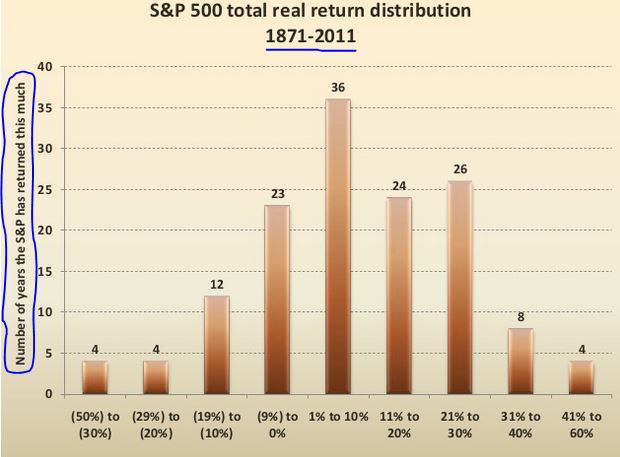I have posted here on the forums before. But late last year, early this year - at the total portfolio level I went to:
a) 15% cash
b) 20% in market neutral systems I run through P123.
This was primarily based on a) the total market valuations, b) the length of the rally and uncertainty over rising fed rates, c) the pullback in energy sector and d) several hedge funds I follow doing the same thing.
Those two combinations have held up through this. I didn’t make money, but I stayed close to flat on 40% of my portfolio (I think I am actually flat on this 40%).
I also invested in some other asset classes I hadn’t been in (like P2P lending and direct asset backed lending) with another 8% of my money - that so far has remained flat. The combination has been okay for me. The ‘professional alternatives I am in’ - market neutral and futures trading pro’s - are flat on the year and holding up fine through this.
All of these are doing fine (Flat).
I have 3 accounts I run P123 systems in (33% of total money right now). So far they are: 1) Up 2%, 2) Down 9% and 3) down 7.2%. So a blended dollar weighted average of about -5% on those YTD. Not a great year so far.
The buy and hold ETF portion of what I do has been slightly worse, as I had about 10% of that in EEM. But, these are basically 10% cash/45% bonds/45% Stock and are down around -5% YTD as well.
My small VIX trade I mentioned in close to real time made me 20% and I am looking for a shot to reopen it (I closed initial position at open yesterday).
I think there are now some buying opp’s, but have to be strategic and look for places of most severe market overreaction. There will be some VIX trading opp’s for very short term trades coming up.
I still think we are in a ‘normal correction’ - but there are many warning signs. I have a blended ‘broad market’ valuation index I use that looks at many many valuation factors, including growth, earnings, sales, etc and current market levels. The 10 year ‘average’ for this number for the R1000 is 43. We are still at 55 (lower is 'less expensive). So, we are still at a blended valuation level not seen since last innings of the tech bubble. At an all fundamentals with ADT>$100k, we are ‘down to’ 46, with a 10 year avg. of 38. However, at 46, there are some buying opp’s - not for a broad index, but for single stocks. Valuations here were higher in 2004, and stocks still had 3 more years of strong gains. So, tactical buying here can make sense.
However, what you are doing really depends on your overall asset diversification and exposures and age and earnings. If you are young, with longer time horizon and a buy and hold system, there are likely some buying opp’s in emerging markets right now (so long as you keep the allocation % reasonable and appropriate).
Does anyone have places in the market they are seeing very specific over-reactions, or places they are looking to target with specific price targets.
Best,
Tom

